A tale of two Chinatowns: a closer look at Box Hill and Melbourne's hubs
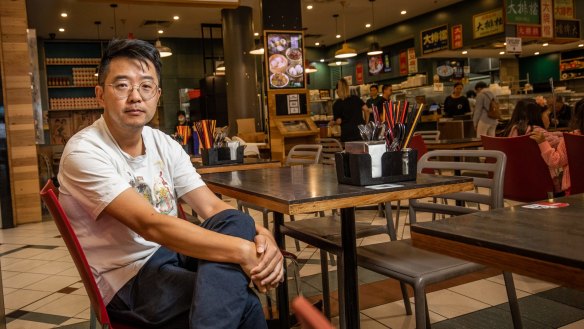
Box Hill looks poised to outshine the CBD's historic Chinatown in the Year of the Rabbit, with more restaurants opening in the eastern suburb in the past two years and glossy new developments continuing to be built.
There have been 75 new eateries in Box Hill since January 2021, compared to 52 in Chinatown in the same period, according to local government data.
Steven Zheng has run restaurants in Box Hill, including Grain Asian Cafe, for nearly 20 years, during which he's seen competition increase and rents rise to CBD levels.
"I would say there might be only 10 or 20 different Asian restaurants [back then]. I think now there'd be 200," he says.
In the past decade, Box Hill has gone from suburban outpost to shiny destination for Melbourne's Asian communities, including 27 per cent Chinese-born residents, with the most visible signs of change led by developer Golden Age Group, which built the tallest residential tower outside the CBD in Box Hill in 2019.
Construction has just started on its latest project, Sky Square, involving three levels of dining and shopping. It was originally called New Chinatown.
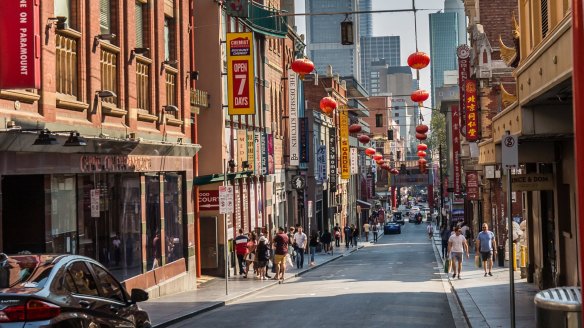
Heritage overlays in the city's original Chinatown, the oldest continuous settlement in the Western world, prevent the kind of development that has transformed Box Hill.
But City of Melbourne councillor Kevin Louey sees this heritage as a major drawcard that Melbourne's suburbs don't have. "I think in the suburbs you go, you eat, you leave. [The city] has got a historical, cultural feel."
Chef and author Tony Tan says: "Chinatown is still more or less what I call the spiritual centre."
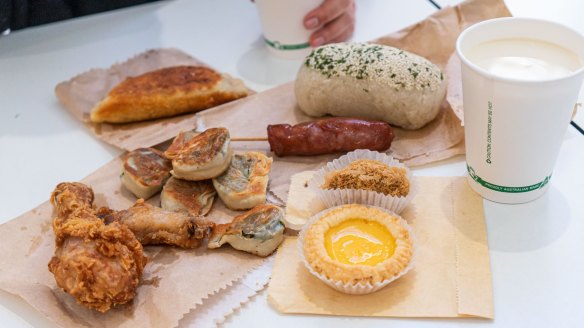
He says he's more likely to hear Cantonese spoken in Chinatown, whereas Box Hill was historically the destination for mainland Chinese migrants, who speak Mandarin.
They've brought with them China's many regional cooking styles, which go beyond the more familiar Cantonese dishes Westerners know.
"There are some things you'll find in Box Hill that you don't usually find in Chinatown," Tan says. Offal and regional dishes like flat biang biang noodles or roujiamo, the Shaanxi cousin of a burger, are all common. "Box Hill is where I go for what I call really authentic stuff."
Zheng agrees that the diversity in Box Hill is staggering. "[People] have a choice of everything. I don't think that's comparable anywhere in Melbourne."
Meanwhile, Melbourne's Chinatown is becoming more of a cross-section of many different Asian cultures beyond Chinese, with Korean restaurants surging in number.
While Zheng says that the volume of customers at Grain Asian's venues is down and margins are slimmer than before the pandemic, he is looking forward to planned upgrades to Box Hill Central where his restaurants are located and the Suburban Rail Loop, which will further cement the suburb as a destination.
With the number of tourists in Australia down 31 per cent in 2022 compared to 2019 and international students down 38 per cent, it makes sense that suburban centres feel more energised than the CBD, which relies on these two groups.
The recent reopening of China's border will undoubtedly help the city's fortunes.
"The mood is one of quiet optimism," says Trevor Du, vice-president of the newly established Melbourne Chinatown Association, which was formed to inject new energy into the body representing traders in the CBD.
"Chinatown is the cultural epicentre, so eventually it will come back to its normal position," says Louey.
Business groups in Box Hill and the CBD have poured energy into their Lunar New Year celebrations this year. It's the first time in three years that the major holiday will be celebrated without lockdowns, density restrictions or other COVID-19 fears.
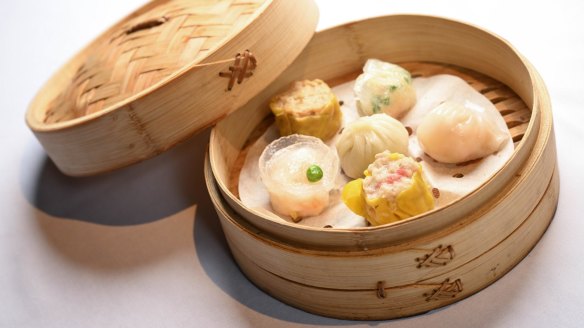
Correction: an earlier version of this article stated that the number of tourists and international students was down on 2019 levels. It should have stated these numbers referred to Australia, not the CBD.
Where to celebrate Lunar New Year
CBD AND SURROUNDS
Chinese Lunar New Year Festival, Sunday, January 22, involves food stalls, traditional music, DJs, street art and roaming lion dancers around Russell Street and Little Bourke Street. Firecrackers and dragon parades are also on the cards this year. Fed Square and Queen Victoria Market are also celebrating. More info at melbournechinatownassociation.com.au
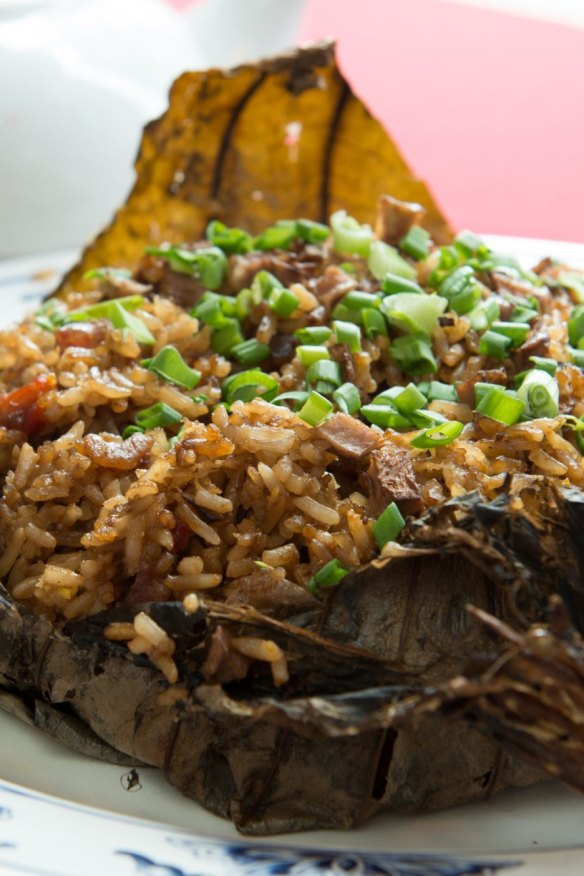
- Old Beijing Banquets for gatherings of all sizes feature auspicious dishes, such as eight-treasure lotus leaf rice (available until February 6, pictured right). Lion dances by Chinese Masonic Society on January 21, 22 and 26, plus electronic dancing bunnies in the QV forecourt. QV Melbourne, 31-37 Artemis Lane, Melbourne
- Red Emperor Large dishes for families to feast on, plus dumplings for luck and yusheng (prosperity salad) in the heart of the action. 131 Little Bourke Street, Melbourne
BOX HILL
The area's Lunar New Year Festival takes place January 28, with food trucks, pop-up bars, kids' activities, performances, live music, a martial arts showcase, fireworks and more in the area around Box Hill Mall. More info at abaw.org.au
- Roast Duck Inn Whole chickens are a popular choice on Lunar New Year tables, symbolising prosperity. Head here where barbecued and roasted meats are the specialty. 29-31 Carrington Road, Box Hill
- Ha Di Lao Hotpot is the perfect way to gather and at Ha Di Lao, China's largest hotpot chain, the choice of soups and ingredients are vast. Level 2, Sky One Plaza, 545-563 Station Street, Box Hill
- Kitchen Republik The catch-all name for a series of restaurant concepts under one roof, each specialising in a different Chinese cuisine or dish. It's a handy way to eat your way around China, plus the Crystal Jade xiao long bao are highly regarded. Box Hill Central, 1 Main Street, Box Hill
More:
